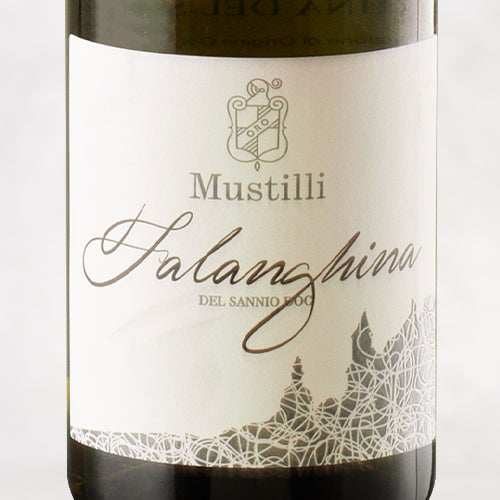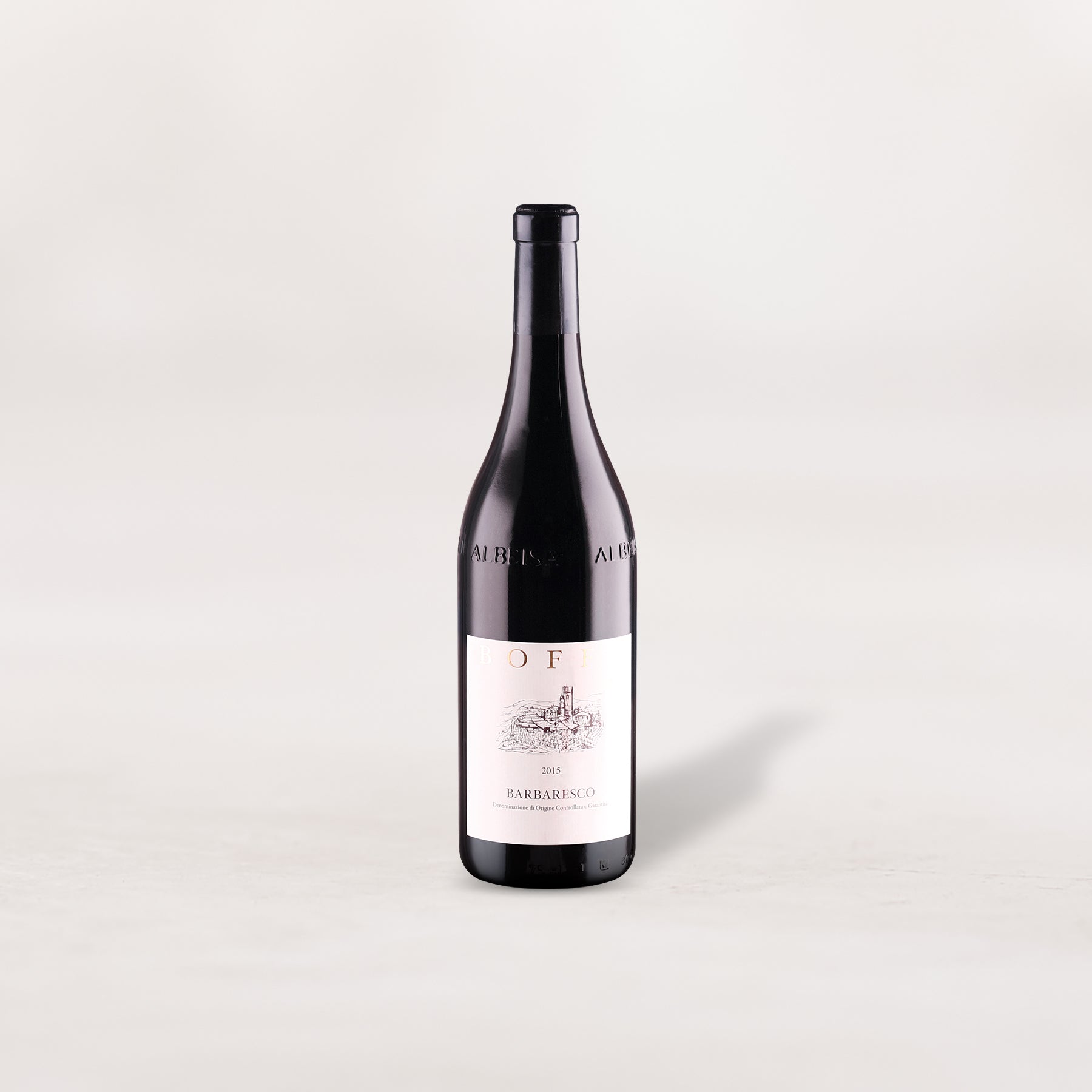The idea that the “original is the best” or that “you can’t improve a classic” isn’t always applicable when it comes to wine, but for today’s discovery it 100% is. A historic and widely respected estate with a tradition going back centuries, Mustilli was the first producer in Italy (and by proxy the world) to bottle a single-variety Falanghina and proudly state it on their label. Fifty years later, this wine is still a benchmark for the flinty, mineral, sea-breezy white that has taken Campania by storm. A subsoil with more limestone and clay than the classic volcanic tuff of the region makes for the perfect place to make a truly distinct, wildly refreshing white wine. And on top of all that, the price is astonishingly low. It’s a true classic, with a very classic price point to match. Time to stock up for the spring and summer!
Discoveries often happen at a glacial pace in the old world of wine. Take Falanghina: A grape that is now seen on labels throughout Campania and Southern Italy was for centuries planted among a handful of other local varieties, all of which were generally blended together. It wasn’t until 1976 that Leonardo Mustilli, whose family had been growing grapes and making wine since 1700, decided that Falanghina had the potential to be even more expressive, more terroir-transparent, and simply more delicious all on its own. Turns out he was right, and it only took another 30 plus years for the authorities to recognize this discovery with its own DOC: Falanghina del Sannio.
The commune of San Giorgio del Sannio is about 40 miles northeast of Naples, in the mountainous inland area of Campania. It’s also just a short drive away from the region’s most famous DOCGs that surround the town of Avellino. Those vineyards, which eventually make their way west towards Mt. Vesuvio or south towards Mt. Picentini, are famous for their heavily volcanic soils. But, in Sannio, there is a high percentage of much older geology, which is dominated by limestone and clay marl. Campania’s other main white grapes, Fiano and Greco di Tufo, love those volcanic rocks, but if you give Falanghina some limestone it sheds the extra smokiness and blossoms into a mineral laden, citrus and sea salt inflected object of pure beauty.
The potential of Falanghina was Leonardo’s masterstroke, and today his daughters Anna-Chiara and Paola continue to produce the family’s benchmark wine with the same exacting approach. The certified organic grapes are hand-harvested from three parcels in the Sant’Agata dei Goti subzone of Sannio, and fermented in stainless steel tanks where the finished wine will rest for six to ten months with a regular battonage regime to bring the lees in contact with the wine, before bottling with a light fining, but no filtration. The fresh, young wine is a vibrant straw yellow with hints of transparent green at the rim. Aromas of green apple skin, just-ripe peach, lemon zest, raw almond, white pepper, and a hint of flintstone lead to a textured, medium body that leads with ripe fruit and finishes with buckets of saline minerals. Serve on the cool side in an all-purpose stem with any seafood you desire, just make sure you have plenty of this truly original, truly tasty Falanghina on hand!











